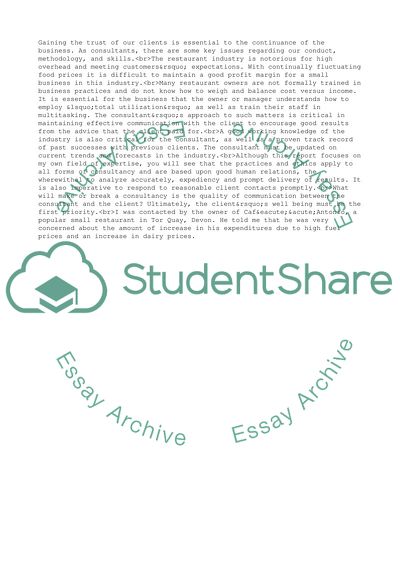Cite this document
(“Good Practices in independent consultancy Essay”, n.d.)
Good Practices in independent consultancy Essay. Retrieved from https://studentshare.org/business/1511557-good-practices-in-independent-consultancy
Good Practices in independent consultancy Essay. Retrieved from https://studentshare.org/business/1511557-good-practices-in-independent-consultancy
(Good Practices in Independent Consultancy Essay)
Good Practices in Independent Consultancy Essay. https://studentshare.org/business/1511557-good-practices-in-independent-consultancy.
Good Practices in Independent Consultancy Essay. https://studentshare.org/business/1511557-good-practices-in-independent-consultancy.
“Good Practices in Independent Consultancy Essay”, n.d. https://studentshare.org/business/1511557-good-practices-in-independent-consultancy.


